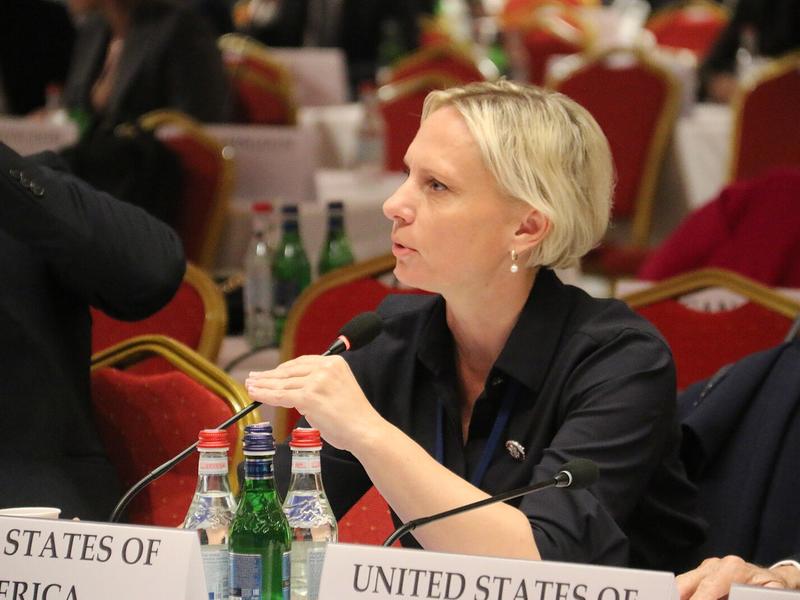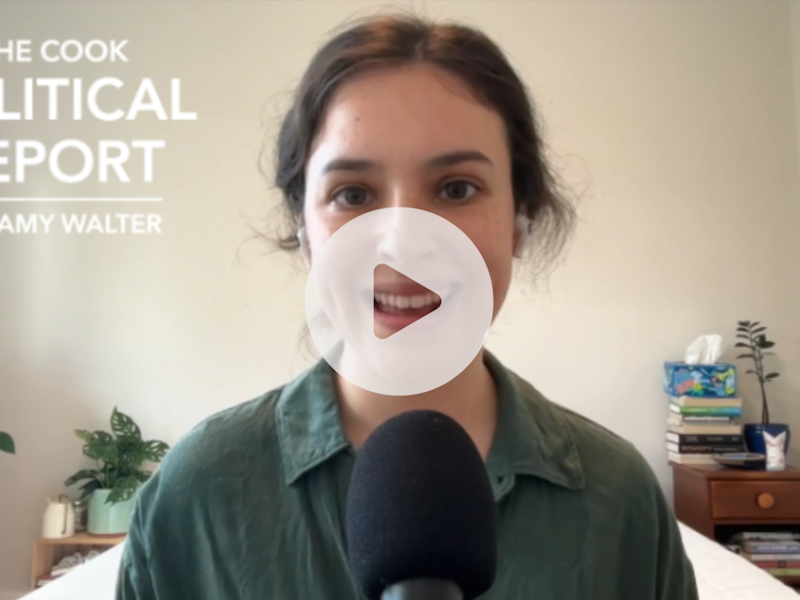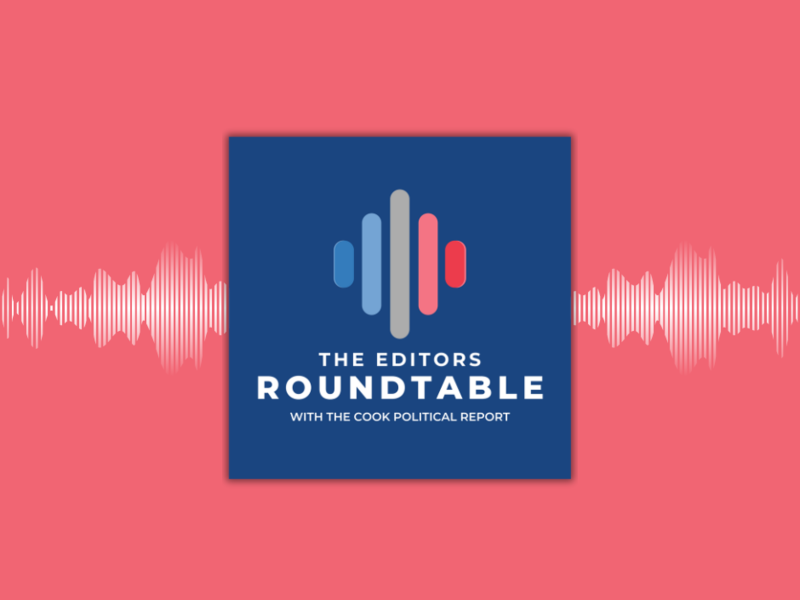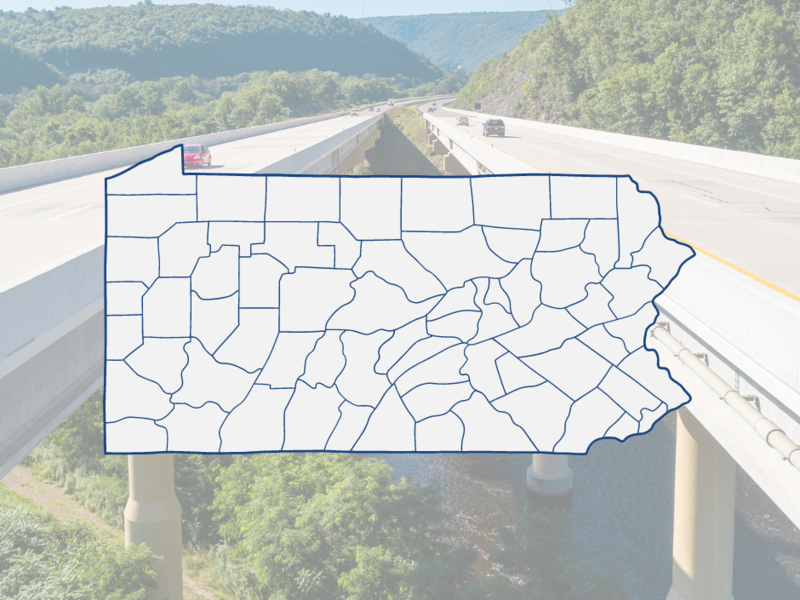
I am frequently asked what the “surprise elections” will be this fall. After all, there are always a few races whose outcome—or near outcome, the results much closer than expected—seem to come out of the blue. House Democratic Caucus Chair Joseph Crowley’s primary-election loss in June to community and political activist Alexandria Ocasio-Cortez in New York’s 14th District certainly was an upset, the biggest one since House Majority Leader Eric Cantor lost his Republican primary four years ago to economics professor Dave Brat in Virginia’s 7th District. In both cases, the incumbents were known to have spirited primary challengers, but few actually thought they might lose, even allowing for low-turnout primary elections being notoriously difficult to poll.
Then, of course, there was the 2016 presidential election—the mother of all political upsets. It’s always amusing to hear people who claim that they were sure that Donald Trump was going to win. It’s tempting to suggest that they should have shared that knowledge with Trump and his inner circle, because going into Election Night, they sure as hell weren’t expecting to win.
The superficial and totally mistaken explanation for that surprise outcome is to blame the national polls. Yes, the national polls, designed to look at the overall popular vote, were off—slightly. The RealClearPolitics average of all of the major national polls put Hillary Clinton ahead by 3 percentage points; she won the popular vote by 2.1 percentage points. A nine-tenths-of-a-point error is quite small. The dirty little secret is that nine-tenths of a point off is about as close as polls get. (The national polls were a bit more accurate in 2016 than they had been in 2012, when they forecast a slightly closer race between President Obama and Mitt Romney)
The surprise outcome in November 2016 was the disparity between the state-level polls and expected outcomes—specifically in Wisconsin, Pennsylvania, and Michigan — and, therefore, the Electoral College outcome. As this column has noted, the popular vote going so far in favor of one candidate with the Electoral College going the opposite way was the biggest disparity in 140 years, since the 1876 election when Samuel Tilden won the popular vote and Rutherford B. Hayes prevailed in the Electoral College. According to RealClearPolitics, all 32 public polls released in Wisconsin between August and Election Day had Clinton ahead of Trump, and she averaged a 6.5 percentage-point lead. In Pennsylvania, RCP’s compilation of polls showed Clinton ahead in 37 out of 38 polls between August and Election Day; the Clinton lead averaged 1.9 percentage points. Trump won both states by seven-tenths of a percentage point: 22,748 votes out of 2.9 million in Wisconsin, 44,292 out of 6.1 million in Pennsylvania. In Michigan, Clinton led in 25 out of 26 polls during that same period, and her average lead was 3.6 percentage points. Trump prevailed by two-tenths of a percentage point, 10,704 votes out of 4.8 million.
The point of rehashing all of this is that public polling on the state level is considerably more problematic than on the national level, even in presidential years with higher voter turnout. In midterm elections, with a third fewer people voting, state and local polls are even less dependable—hence caution should be exercised in putting too much confidence in them. Some are conducted by reputable organizations with usually strong records, others by fly-by-night outfits releasing polls just for their PR value. That means even the poll averages should be approached with some degree of skepticism.
Most campaigns are looking at considerably more sophisticated (and expensive) polls by experienced political pollsters who tend to do a better job of screening down for likely voters, increasingly drawing their samples from voter rolls.
It should be pointed out, though, that 2016 was a pretty atypical election. I often call it the “Turducken election,” after the delicacy made by stuffing a deboned chicken inside a deboned duck and then into a deboned turkey. I don’t care for it myself; as a friend put it, “there was way too much going on there.” The last presidential election certainly did have a lot going on: a turbulent electorate and a favorite with a lot of accumulated political baggage running a campaign that made its share of mistakes. Toss in the various permutations of email controversies, James Comey, and the FBI, as well as whatever the Russians were doing in terms of meddling. There was a lot going on that could have affected the outcome of an election that came down to fewer than 38,000 votes out of 137 million cast.
Personally, I have come to the counterintuitive conclusion that had the tapes of off-camera conversation between Billy Bush and Trump for an episode of Access Hollywood not become public as they did on Oct. 7, it’s a decent bet that Trump would have lost the election. After that disclosure and the final, Oct. 19 debate was behind us, the election certainly looked like you could put a fork in it, it was done, it was over. At that point, all of the ambivalence that many had toward Clinton came front and center, the outcome seemed certain, so anyone who wanted a pass to not vote for her—either not vote at all or throw a vote to the Green Party’s Jill Stein or the Libertarian Party's Gary Johnson—had one.
There was little threat that Donald Trump would become president. Anyone with even the slightest preference for Clinton assumed she was going to win, while many if not most of those siding with Trump assumed he would probably lose but were determined to vote no matter what. Whether they really liked him or the idea of electing a businessperson president, or they were conventional Republicans and would vote for any GOP candidate because of judicial and specifically Supreme Court nominations, or they simply despised Clinton (“she called me deplorable”), they wanted to send a message.
This year doesn’t look nearly as complicated as 2016, but the warning about overreliance on state and local public polling is worth keeping in mind. Personally, my confidence in what may happen in the House elections is a lot higher than in the Senate. With the upper chamber split 51-49, a couple of surprises can make all of the difference in the world.
This story was originally published on nationaljournal.com on July 31, 2018









Subscribe Today
Our subscribers have first access to individual race pages for each House, Senate and Governors race, which will include race ratings (each race is rated on a seven-point scale) and a narrative analysis pertaining to that race.